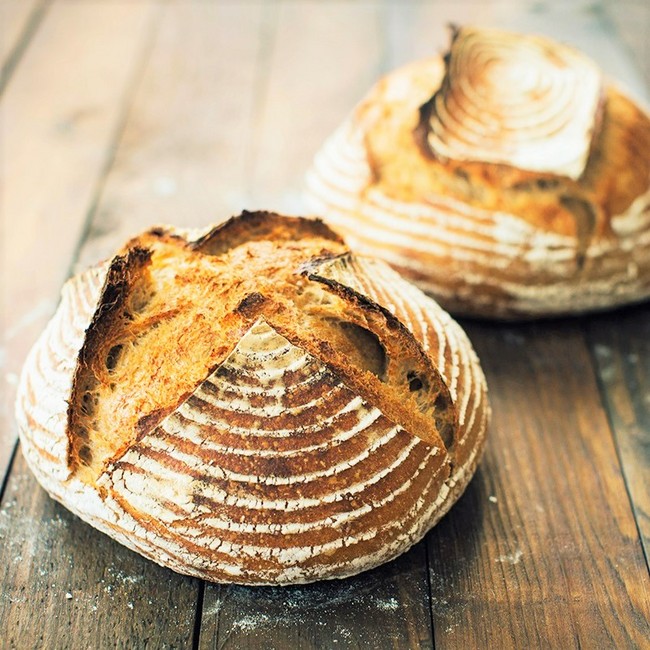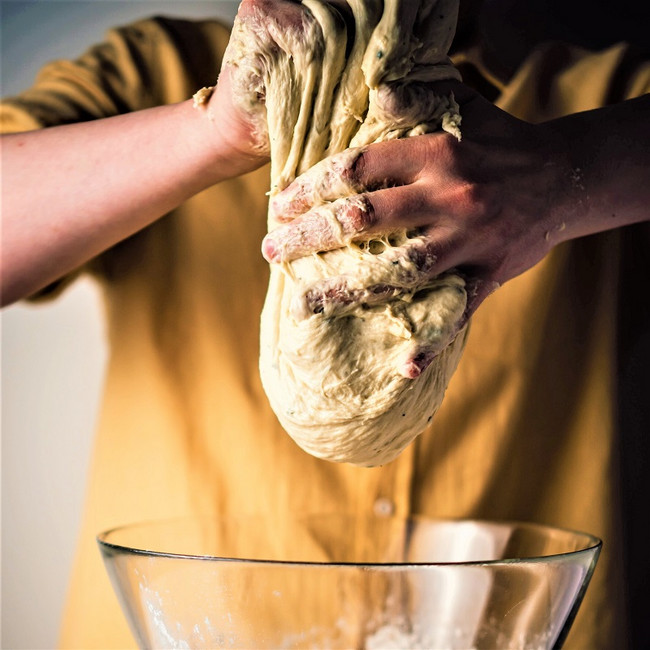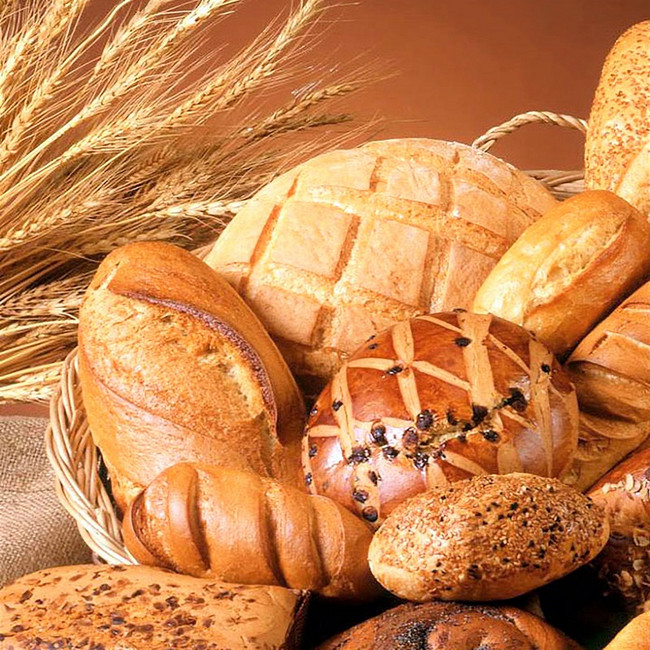✕



✕

Tag:Yeast-based Sourdough Bakery industry 2023-08-28 11:14

Scientists in Germany have isolated, identified and quantified 21 key flavor compounds in sourdough bread crumbs by using an updated version of “sensomics.” The findings can help bakers control the quality of their bread, prevent them from becoming too sour and ensure consistency.
The researchers at the Technical University of Munich identified ten tastants and 11 odorants and combined them into a sourdough “essence”, followed by a human sensory panel confirming its flavor.
“With sensomics, you can take just a few key compounds and completely recreate the characteristic taste of a food,” says Laura Eckrich, a graduate student in Hofmann’s lab, who presented the work at the fall meeting of the American Chemical Society (ACS).

Hofmann’s team of researchers applied a technique called “unified flavor quantitation” to sourdough bread. (Image credit: Laura Eckrich).
They also determined which flavor compounds were the “most important.”
Analyzing the unique compounds
Sourdough breads have existed for centuries, yet their key compounds have yet to be widely explored. A simple, fermented mixture of flour and water, the bread is powered by microbes that provide its “one-of-a-kind tangy flavor.”
What sets them apart from other breads is their “starter” culture – a living colony of bacteria and wild yeast that causes the bread’s dough to rise through fermentation.
These living microorganisms can positively impact bread’s flavor complexity and texture and add gut health benefits.
The sensomics approach used to identify sourdough’s flavor compounds involves techniques such as chromatography, mass spectrometry and similar methods.
The critical taste compounds include salt, which is directly added to the dough and acetic and lactic acid, produced during fermentation.
Salt reduction strategy
The WHO has warned the food industry against high-salt foods owing to their health implications. The move has made formulators spring to action to find ways to reduce salt in their products.
The researchers also assessed the “best way” to reduce the salt content in bread. To achieve this, they distributed “saltier doughs” unevenly throughout a dough mixture.
Since bread, especially sourdoughs, can contribute significantly to a person’s daily salt intake, the method could help “reduce the amount of sodium” while retaining the bread’s “unique taste.”A man's hand showing dough kneading for bread.

During the COVID-19 pandemic lockdowns, people were experimenting by creating their own sourdoughs at home.
Action on Salt’s recent analysis of various types of breads showed that three in four analyzed bread products contain as much salt or more per slice as a typical 25 g packet of ready-salted chips.
Yeast-based or sourdough?
Yeast-based bread is a staple and formulators are leveling up by incorporating healthy ingredients in the popular product. For example, Sea & Flour recently received patent approval for a seaweed-infused bread.
The research team collected yeast-based and sourdough bread from local bakeries and supermarkets made with either rye or wheat flours.
Hofmann’s team of researchers applied a technique called “unified flavor quantitation” to the sourdough bread, which, they say, for the first time, allowed them to analyze these unique taste and aroma compounds simultaneously.
The researchers then applied the method to “brand-new” studies to quantify the concentrations of these compounds in different types of bread.
The yeast-based bread showed the presence of crucial sourdough compounds such as lactic and acetic acids in smaller amounts. According to the researchers, these results confirmed the importance of the fermentation process to sourdough’s unique flavor.

The team flags that, eventually, their discoveries should be “welcome news” for the baking industry.
Welcome news for the bakery industry
Innovation is how the F&B sector can move toward creating better products with enhanced organoleptic properties.
The research team flags that, eventually, their discoveries should be “welcome news” for the baking industry.
“This was the first time the key taste and aroma compounds of bread crumbs were elucidated using the sensomics approach, and we hope what we learned will help bakers create the best sourdough bread they can,” highlights Eckrich.
Sourdough’s popularity is gaining momentum around the world after reaching peak popularity early on in the COVID-19 pandemic during lockdowns when people were experimenting by creating their own sourdoughs at home.
Earlier this year, Eurogerm completed the construction of its 100% French sourdough bio-fermentation plant with a pilot workshop to test the sourdough on a pre-industrial scale.
Food companies are also tapping into the popularity of traditional bread, with Dina Foods exhibiting its artisanal flatbreads and vegan-friendly products at an event early this year.
Give Store-Bought Honey Mustard A Restaurant-Quality Kick With One Ingredient
Which State Grows The Most Pumpkins?
Does Pumpkin Beer Actually Have Real Pumpkin In It
Why Pumpkin Pie Always Tastes Better From A Bakery, According To Professional Bakers
The Best And Worst Store-Bought Cranberry Sauces, Ranked
Frozen Waffles Recalled Over Listeria At Aldi, Walmart, And Other Grocery Stores
About Us Terms of Service Privacy Policy Contact Us
Hotline(+86)17301604571
 Enterprise WeChat
Enterprise WeChat
for Client Service
 EZBuy
EZBuy
WeChat APP
Sinoexpo Digital Platform
Shanghai Sinoexpo Informa Markets International Exhibition Co., Ltd. All rights reserved
沪ICP备05034851号-77
 沪公网安备31010402000543号
沪公网安备31010402000543号